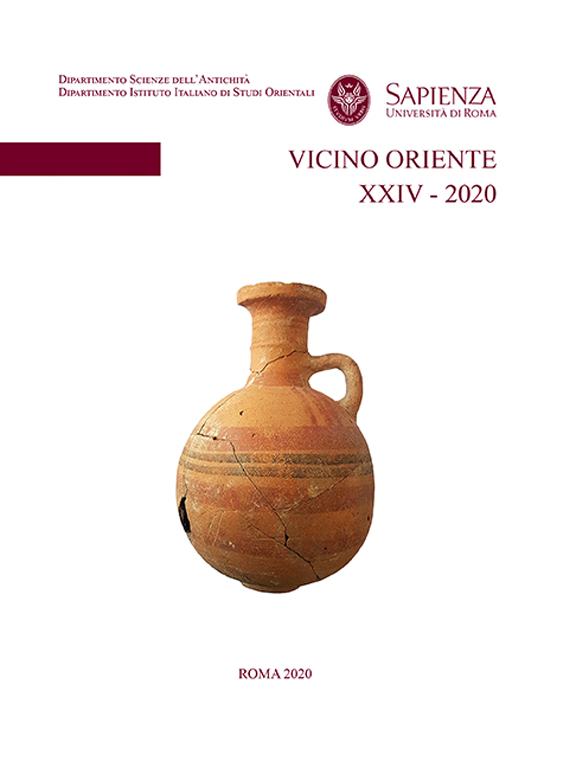Abstract
One of the earliest domesticated organisms is perhaps the eukaryote microorganism known as
Saccharomyces cerevisiae, or more simply “the yeast”. Its role in triggering fermentation as a
process useful for agricultural products preservation and transformation into food, though known
from the Palaeolithic in the ancient Near East, became decisive in the Neolithic Period. The earliest
agriculturalists of the Fertile Crescent triggered fermentation with the addition of honey to fruits
juices, as attested to in the archaeological record. The yeast, that lives inside the guts of bees and
wasps, is apparently responsible for this fermentation process. Honey contains both yeast and sugar
that facilitates yeast growth generating fermentation. The productive capability of the bees let these
insects to be credited of a divine spirit

Questo lavoro è fornito con la licenza Creative Commons Attribuzione - Non commerciale - Non opere derivate 4.0 Internazionale.
Copyright (c) 2023 VICINO ORIENTE

